
The Whole Bean: How U.S. Soy Helps Feed and Fuel the World
With unmatched versatility, U.S. Soy meets growing demand for food, feed, fuel and more.
The tiny, unassuming soybean is a mighty force, providing protein, oil and fiber that powers our planet and people in multiple sustainable ways.
From food to animal feed to renewable fuel and more, the potential for U.S. Soy continues to grow. Can U.S. Soy meet that growing demand? The answer is yes – and then some.
U.S. Soy is critical not only to the global food economy but also for making renewable biofuels (like biodiesel, renewable diesel and sustainable aviation fuel) more accessible and providing more sustainable alternatives for hundreds of products. U.S. Soy often enhances the most unexpected things — from personal care products, textiles and shoes to greener alternatives for tires, plastics, paint and more.
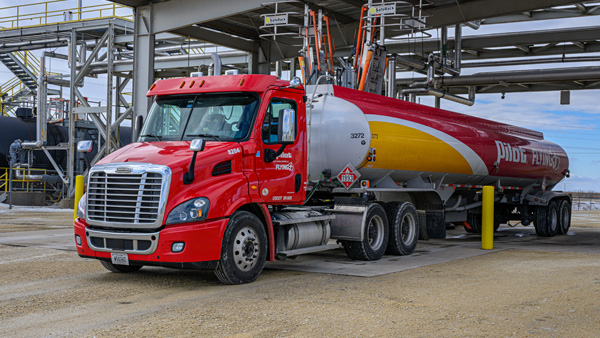
The Versatility of the Whole Bean
The protein and oil in every soybean powers our planet and the people on it in many ways. When soybeans are processed, 20% of the bean goes toward oil, which can be further refined into cooking oil or renewable fuel. The remaining 80% of the bean is meal, or protein, available to nourish people and animals.
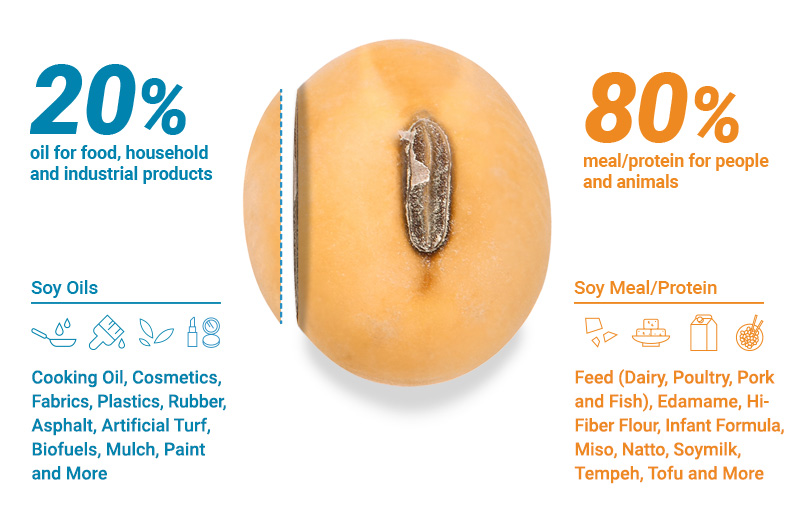
The Power of a Single Harvest
U.S. Soy will reliably meet growing demands for food, feed and fuel now and into the future. With each harvest, U.S. farmers provide a reliable crop to meet our needs for food, animal feed, cooking oil, renewable diesel fuel and much more:
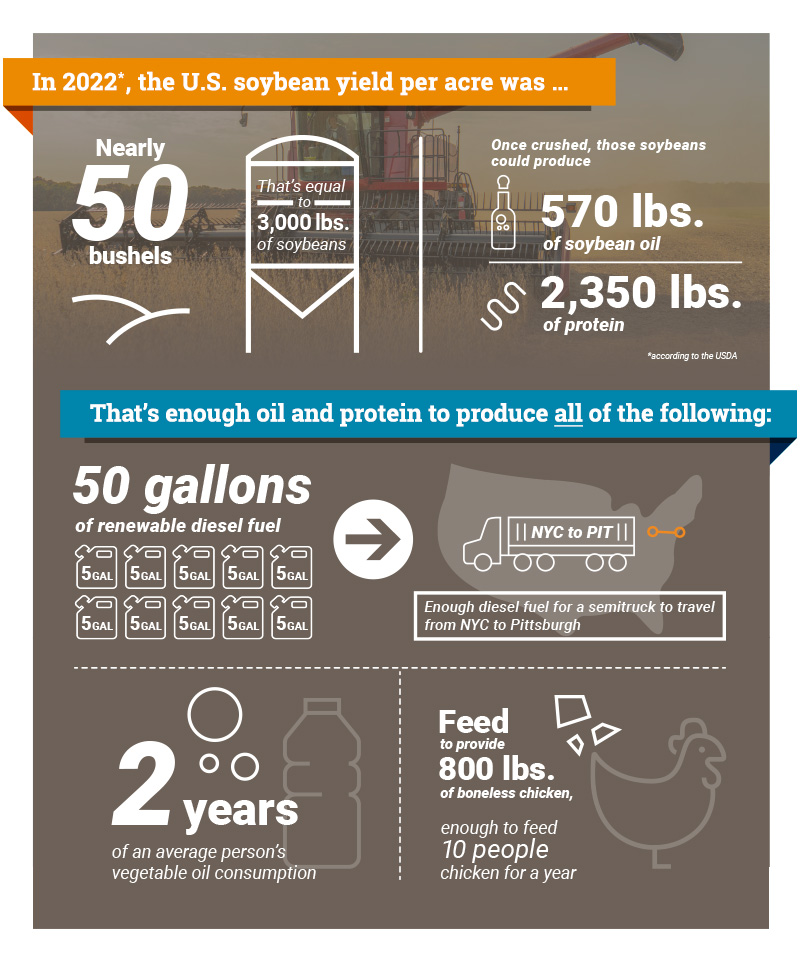
Meeting Growing Demand to Feed and Power Our Planet
Demand for food, feed and fuel continues to grow – but U.S. Soy is meeting the challenge. Here’s how:
- We’re continuously innovating to provide even better beans. Seed technology innovation can provide more value in every soybean to solve challenges, enhance nutrition, rely on fewer resources to grow and meet demand across markets.
- We’re growing more soy every year. Over the past 40 years, U.S. soybean production has more than doubled with fewer acres available for farmland. U.S. soybean yields are predicted to continue growing by more than half a bushel per acre per year. That half a bushel per acre is roughly the equivalent of 30 pounds of soybeans, which provides almost 24 pounds of meal and almost six pounds of oil.
- We’re increasing our ability to process more soybean oil. Soy processors – responsible for separating soybean protein and oil components – intend to increase their capacity for soybean oil processing to support an additional 700 million bushels per year, which would increase the supply of oil for both food and fuel needs.
The customer is U.S. soybean farmers’ number one priority, and they stand committed to deliver reliable supply and scale production capacity to match growing demand across the food, feed and fuel markets. In fact, use of renewable fuels like biomass-based diesel can have a positive impact on the food and feed markets.
Using soy to produce sustainable fuels helps U.S. farmers maintain value for all components of the soybean. Because of increased demand for soybean oil, this creates an additional supply of protein. This reduces soybean meal prices, maintaining value and appeal for soy food and soy feed production.
Recent research from Purdue University tells us increased use of soybean oil for biomass-based diesel has almost no net impact on food price inflation. The availability of more soybean protein leads to lower prices for animal diets – contributing to lower prices for consumers on eggs, chicken and pork. This adds significantly to the affordability and accessibility of these protein sources for consumers.
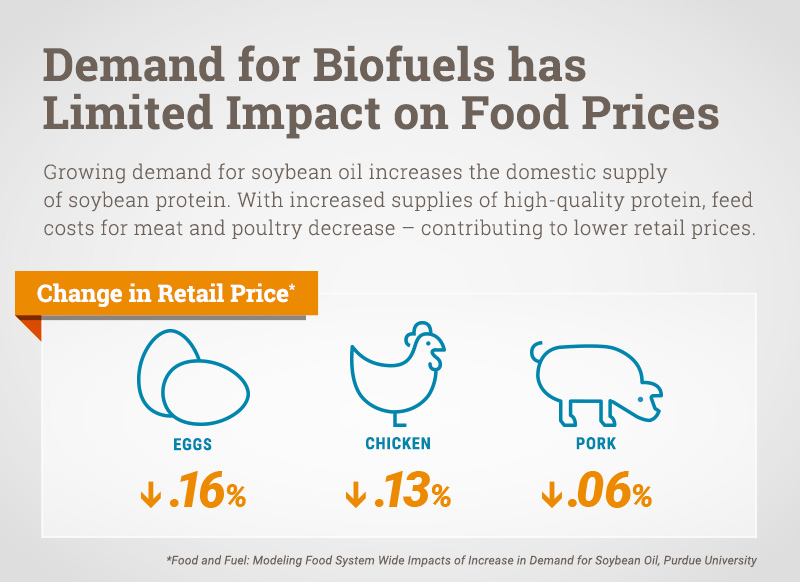
Reducing Environmental Impact
U.S. farmers nourish our society and protect the environment season after season using carbon sequestering practices and on-farm practices and innovations that maximize farmers’ ability to produce more with less environmental impact.
Today, we grow more soy with less impact than ever before. U.S. Soy’s carbon footprint is the lowest in the world when factoring in cultivation impact and land-use change. U.S. soybean farmers improved production by 130% between 1980 and 2020, while also improving efficiencies in land, water and energy use, reducing emissions and expanding soil conservation.
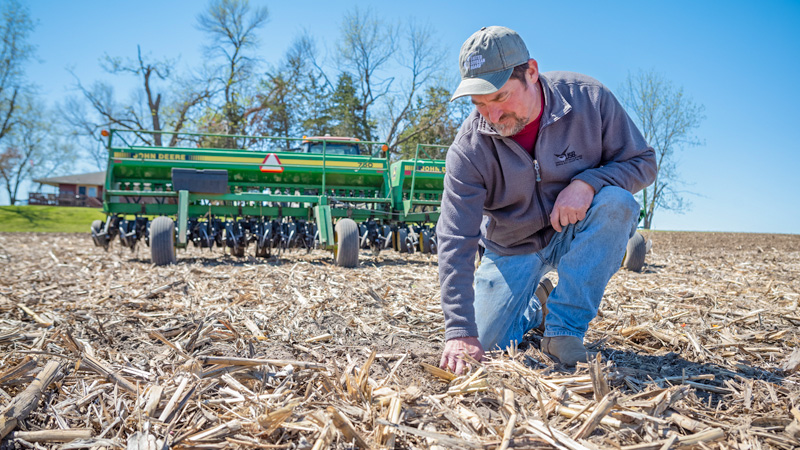
Innovating Now and Into the Future
U.S. Soy constantly innovates and collaborates with farmers and industry partners to drive the growth needed to meet food and fuel demands – from more sustainable production methods, to research on creating a soybean that can withstand drought, to continuous ideation on soy-based products with lower carbon footprints.
As demand fluctuates across food, feed and fuel markets, U.S. Soy remains a stable, significant and critical part of the solution, employing sustainable practices, partnerships and innovation to maintain its supply for uses that nourish people and preserve the planet.
Learn More
Check out the resources below to learn more about U.S. Soy’s ability to feed and fuel the world.
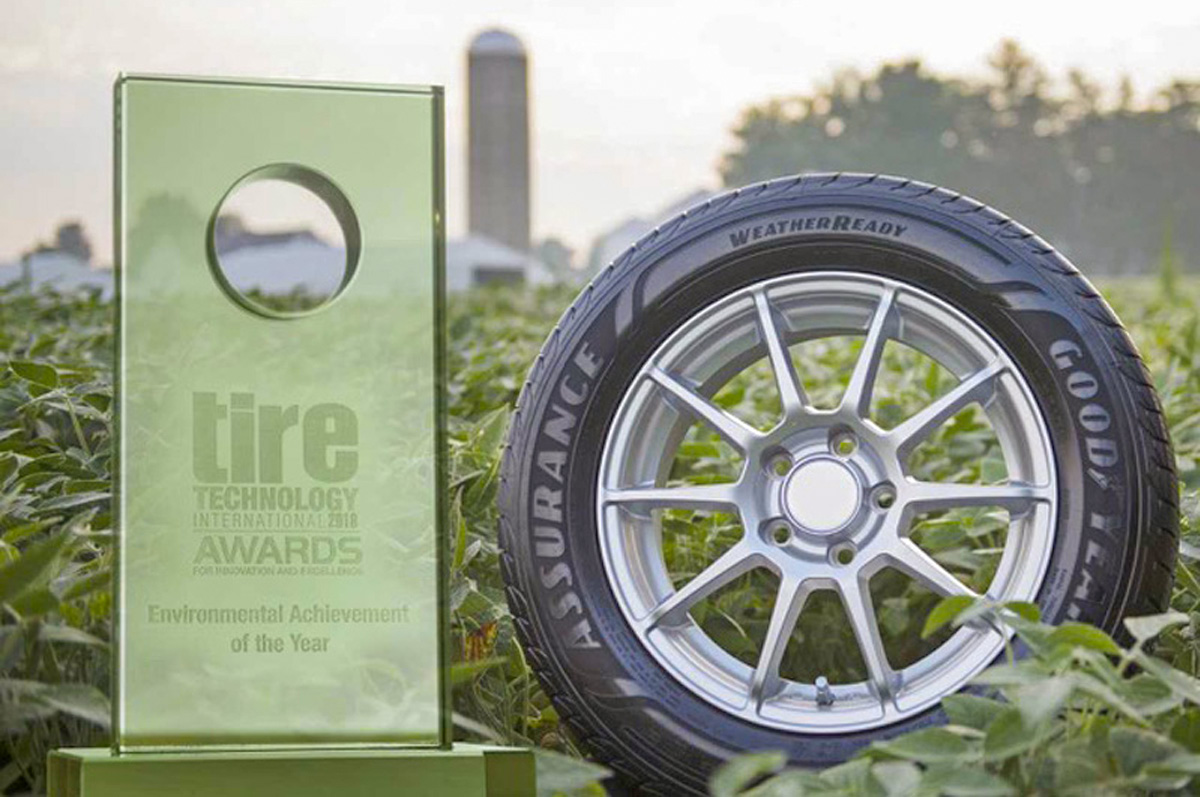
Partner Resources and Assets
Are you a U.S. Soy partner, customer or media outlet? Check out our downloadable tool kit with additional resources and assets.
Whole Bean Toolkit